Top 10 Artificial Intelligence Technologies: The Latest in AI Technology
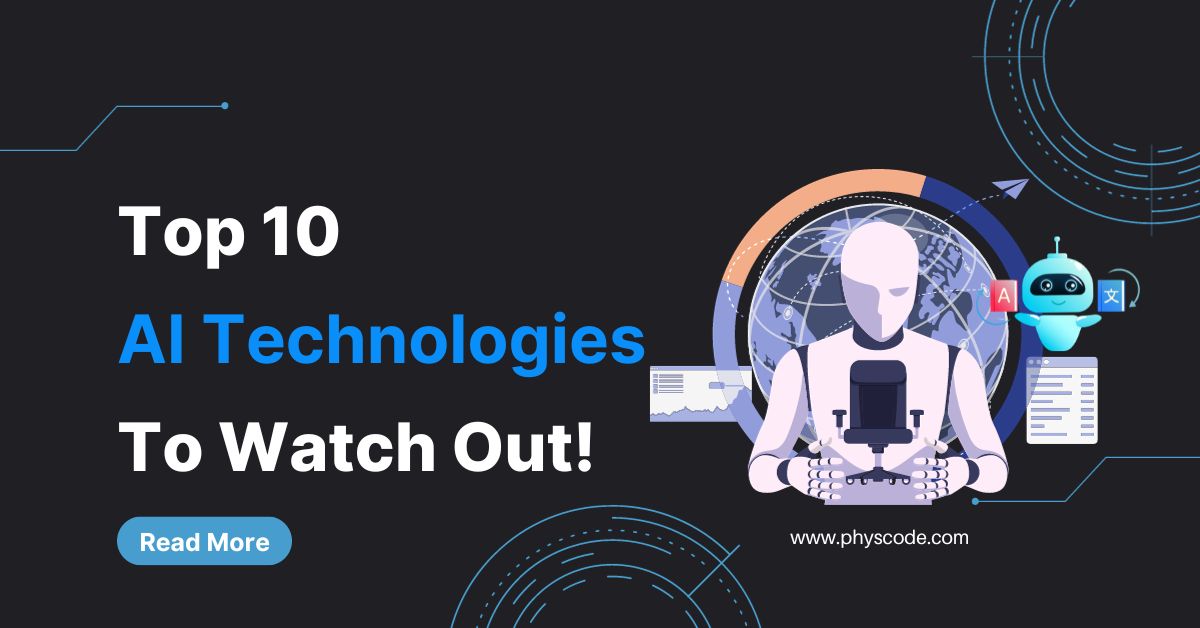
Artificial intelligence (AI) is the science and engineering of creating intelligent machines that can perform tasks that normally require human intelligence.
AI has been transforming various aspects of our lives, from entertainment to health care, from education to business.
AI is not a single technology but a collection of diverse and interconnected technologies that aim to mimic or augment human capabilities.
In this blog post, we will explore the top 10 artificial intelligence technologies that are shaping the latest in AI technology.
Natural Language Generation: The Latest in AI Technology
Machines process and communicate information differently than the human brain.
Natural language generation (NLG) is a cutting-edge AI technology that converts structured data into human-readable language and generates natural language from other forms of input, such as images, graphs, or keywords.
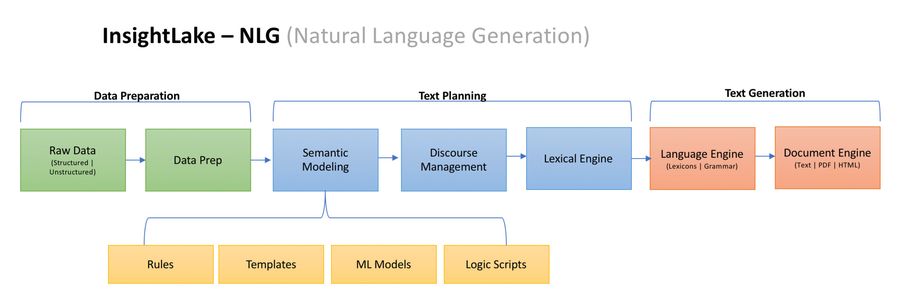
NLG algorithms are trained on massive datasets of text and code, and they can be used to generate a wide variety of content, including news articles, social media posts, marketing materials, and even creative fiction.
Moreover, NLG is also used for content analysis and improvement, such as summarizing, paraphrasing, rewriting, or optimizing text.
NLG is already having a major impact on AI news. Content creators are using NLG to automate the creation and distribution of content across various platforms, including social media. This streamlines the dissemination process and enhances reach to targeted audiences.
With NLG, human intervention is significantly reduced, as data is effortlessly converted into visually appealing formats such as charts and graphs.
This opens up new possibilities for content dissemination and audience engagement in the ever-evolving landscape of AI news.
Here are some specific examples of how AI News is using NLG:
- Associated Press News uses NLG to generate automated reports on financial earnings, sports results, and other news stories.
- The New York Times uses NLG to generate personalized summaries of the day’s news for its subscribers.
- Google uses NLG to generate snippets of text that appear in search results.
- Facebook uses NLG to generate personalized news feeds for its users.
- Amazon uses NLG to generate product descriptions and customer reviews.
NLG is a powerful AI technology that is changing the way we create and consume content.
As NLG algorithms continue to improve, we can expect to see even more innovative and creative uses of this technology in the future.
Speech Recognition: Latest In AI Technology
Speech recognition is a branch of artificial intelligence that allows computers to understand and process human speech.
It is a rapidly evolving field, and the latest in AI technology is making it more accurate and reliable than ever before.
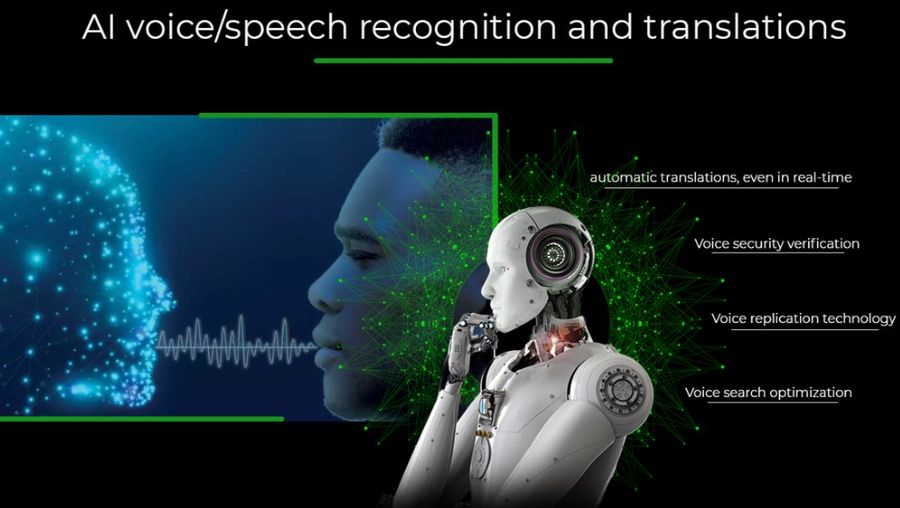
One of the most significant trends in speech recognition is the use of deep learning. Deep learning algorithms can learn from large amounts of data to identify patterns and make predictions.
This has led to significant improvements in the accuracy of speech recognition systems, especially in noisy environments.
Another trend in speech recognition is the development of end-to-end systems. These systems do not require any manual feature extraction or preprocessing.
Instead, they use deep learning algorithms to learn directly from the raw audio data. This makes them more resilient to variations in pronunciation and accent.
Speech recognition is used in a wide range of applications, including:
- Voice assistants: Speech recognition is essential for voice assistants like Siri, Google Assistant, and Amazon Alexa. These assistants allow users to control their devices and access information with their voice.
- Transcription: Speech recognition can be used to transcribe audio recordings into text. This can be useful for students, journalists, and other professionals who need to create transcripts of lectures, interviews, and other meetings.
- Translation: Speech recognition can be used to translate speech from one language to another. This is useful for travelers and businesses that need to communicate with people who speak different languages.
Virtual Agents: The Latest in AI Technology
Virtual agents are computer programs that can simulate conversations with human users. They are often used in customer service applications to provide support to customers without the need for human intervention.
Virtual agents are powered by AI technologies such as natural language processing (NLP), machine learning, and deep learning. This allows them to understand and respond to customer queries in a natural and human-like way.
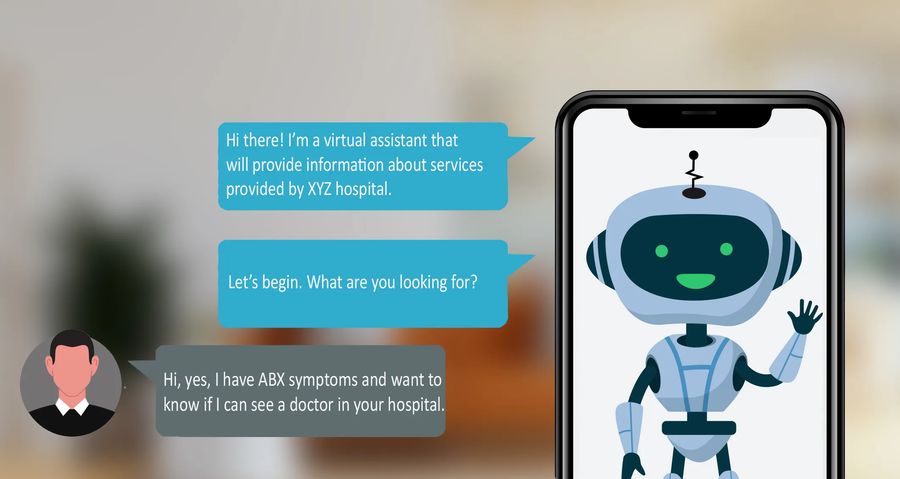
Virtual agents have several advantages over traditional customer service methods.
They are available 24/7, they can handle multiple conversations simultaneously, and they can be scaled to meet the needs of any size business.
Some examples of how virtual agents are being used in the real world of artificial intelligence news include:
- Customer service: Virtual agents are often used to answer customer questions, help customers troubleshoot problems, and process orders and returns.
- Sales: Virtual agents can also be used to qualify leads, generate new leads, and close deals.
- Education: Virtual agents can be used to provide students with support and guidance and to answer student questions about course material.
Decision Management: The Latest in AI Technology
Decision management is the process of making better decisions by providing the information and tools needed to identify, model, and manage decisions.
Decision management systems are powered by AI technologies such as machine learning and deep learning to learn from historical data and make predictions.

It’s the latest in AI technology and is used by a wide range of organizations to make decisions faster and more accurately, including:
- Financial services: lending, fraud detection, and risk management
- Healthcare: patient care, diagnosis, and treatment
- Retail: pricing, inventory management, and marketing campaigns
- Manufacturing: production planning, quality control, and supply chain management
Biometrics: The Latest in AI Technology
Biometrics, a branch of AI in the news, uses unique physical or behavioral characteristics to identify and authenticate individuals. It offers security and convenience for various applications, such as access control, banking, healthcare, and law enforcement. Biometrics can also enhance the user experience and personalization.
Some common types of biometrics include fingerprint recognition, iris recognition, face recognition, voice recognition, hand geometry, and vein recognition.
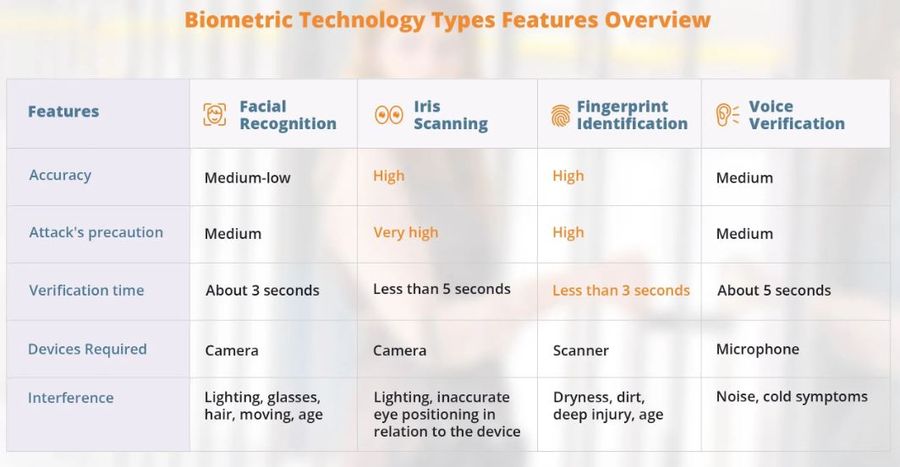
Biometrics is being used for innovative purposes, such as facial recognition for COVID-19 screening, voice recognition for mental health diagnosis, and iris recognition for wildlife conservation.
Biometrics is a powerful technology with the potential to improve our lives in many ways.
However, it is important to be aware of the potential challenges and risks, such as privacy, security, and bias.
Machine Learning: The Latest in AI Technology
Machine learning, a part of the latest in AI technology, lets machines understand data without specific programming.
This technique uses algorithms and statistical models for data analytics, helping businesses make smart decisions.

Many companies are putting a lot of money into machine learning because it’s useful in various areas.
In healthcare, machine learning analyzes patient data to predict diseases and plan effective treatments.
The banking and financial sector uses machine learning to look at customer data, suggest investment options, and prevent risks and fraud.
Retailers also benefit from using machine learning to predict customer preferences and behaviors by studying customer data.
In simple terms, machine learning helps businesses make better decisions by understanding and analyzing data without needing explicit programming.
Robotic Process Automation
Robotic process automation (RPA) is a type of newest AI that uses software robots to automate repetitive, rule-based tasks.
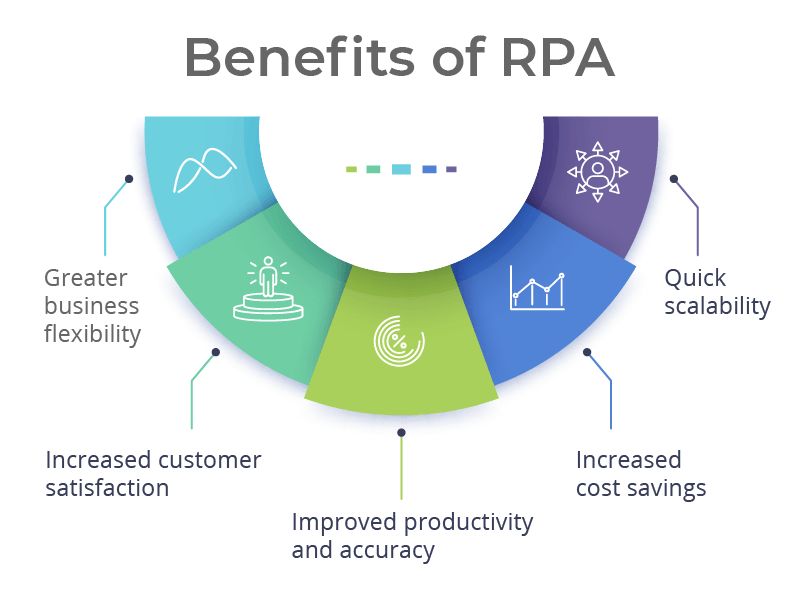
RPA robots can mimic human actions on computers, such as entering data, moving files, and sending emails. This can help businesses improve efficiency, accuracy, and productivity.
Peer-To-Peer Network
Peer-to-peer networks are a type of computer network in which each computer acts as both a client and a server. This means that any computer on the network can share resources with and receive resources from other computers on the network.
In contrast to traditional client-server networks, peer-to-peer networks do not require a central server to coordinate communication and resource sharing.
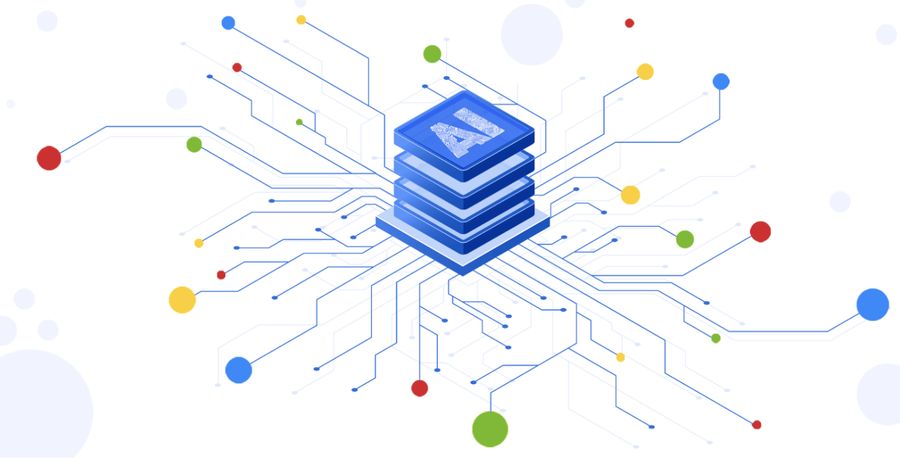
This latest in AI technology can be used for a variety of purposes, including file sharing, distributed computing, and cryptocurrency mining.
In the context of artificial intelligence, peer-to-peer networks can be used to distribute training data and computing resources for AI models. This can make it possible to train and deploy AI models that are too large or complex to train on a single computer.
Deep Learning Platforms
Deep learning is a part of artificial intelligence that works kind of like how our brains learn. It uses something called artificial neural networks to teach computers and machines by showing them examples.
We call it “deep” because it has layers hidden inside these networks. Usually, there are 2–3 hidden layers, but it can even have as many as 150 layers.
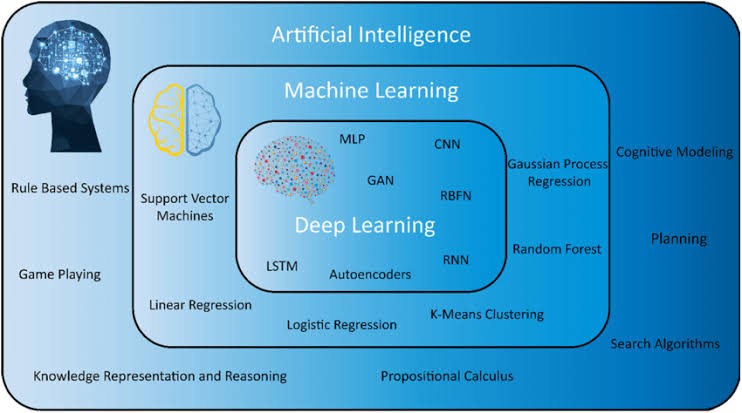
Deep learning is good with large amounts of data, using powerful graphic processing units to train models.
The cool thing is that it doesn’t just do one thing at a time; it organizes tasks in a step-by-step way to make predictions automatically.
This technology has found its way into many areas, like aerospace and the military, where it helps spot objects from satellites.
It’s also being used to keep workers safe by figuring out when there might be danger near a machine.
In healthcare, it even helps detect cancer cells. So, in simple terms, deep learning is like a smart helper for computers, teaching them to learn and do a bunch of helpful stuff in different fields.
AL-optimized Hardware
The business world is increasingly relying on artificial intelligence software for various purposes.
However, this software needs special hardware that can support its complex models and algorithms.
That is why a new generation of artificial intelligence chips is being developed that can handle neural networks, deep learning, and computer vision.
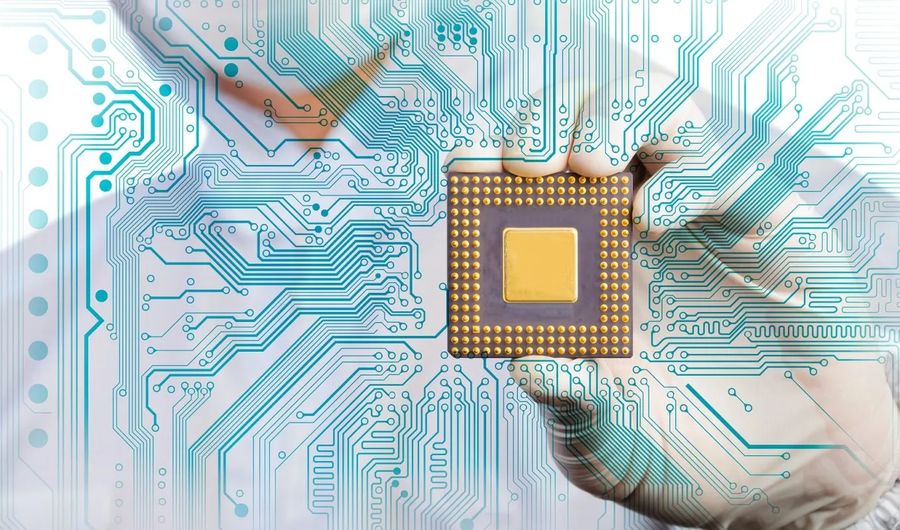
These chips include CPUs, custom silicon, and neuromorphic chips. Companies like Nvidia or Qualcomm are creating these chips that can perform advanced AI calculations.
These chips can benefit industries such as health care and automobiles, which require high performance for the latest in AI technology.
Conclusion
AI is a powerful technology with the potential to transform many aspects of our lives. The top 10 AI technologies of 2023 are at the forefront of AI innovation, and they are being used to develop innovative AI applications that are improving efficiency, automating tasks, and making better decisions in a wide range of industries.
As AI continues to evolve, we can expect to see even more innovative and powerful AI applications in the years to come. It is important to stay up-to-date on the latest AI technologies so that we can reap the benefits of this transformative technology.
You may also like
7+ Best Help Desk Software for Travel and Hospitality
Posted on December 2, 2025Are you overwhelmed by a flood of booking inquiries, last-minute cancellations, and guest requests scattered across email, phone calls, and social media?
In the travel and hospitality industry, response time is the currency of trust.
A delayed response to a traveler stranded at an airport or a guest
6+ Best Online Travel Agent Platforms to Boost Bookings
Posted on November 25, 2025Are you looking for ways to increase your hotel’s visibility and maximize occupancy rates?
In a crowded hospitality market, direct bookings provide only part of the revenue picture. To maximize visibility and reservations, aligning with effective distribution channels is vital.
For modern hoteliers, an online travel agent









